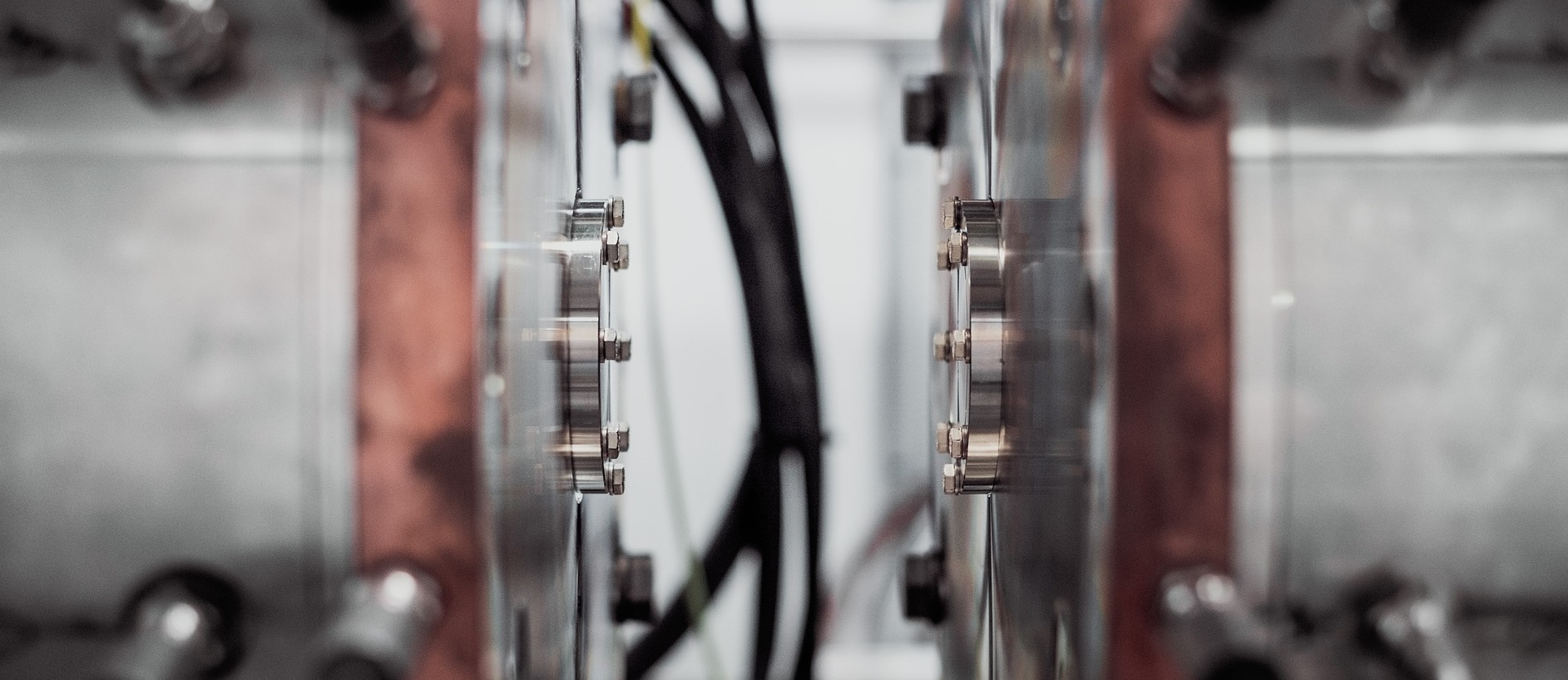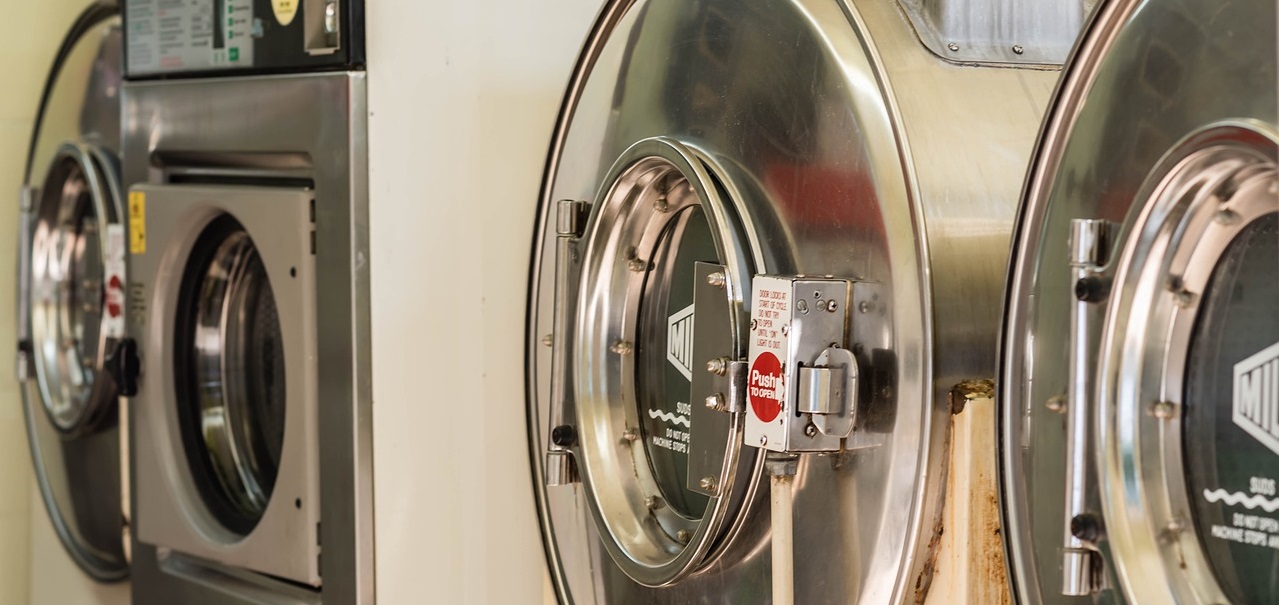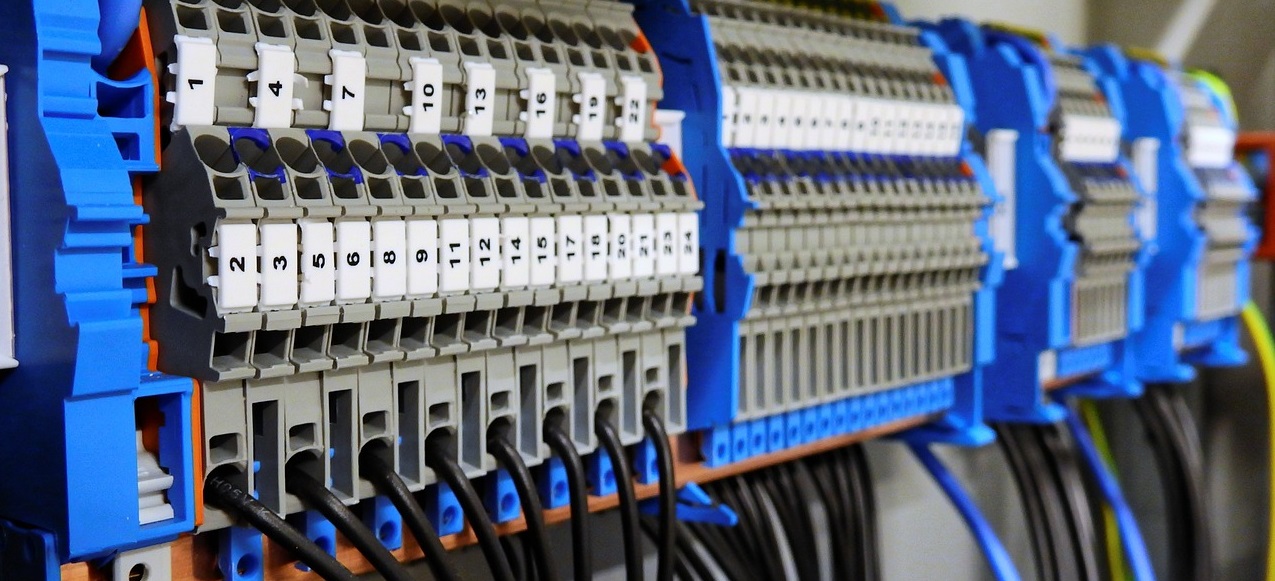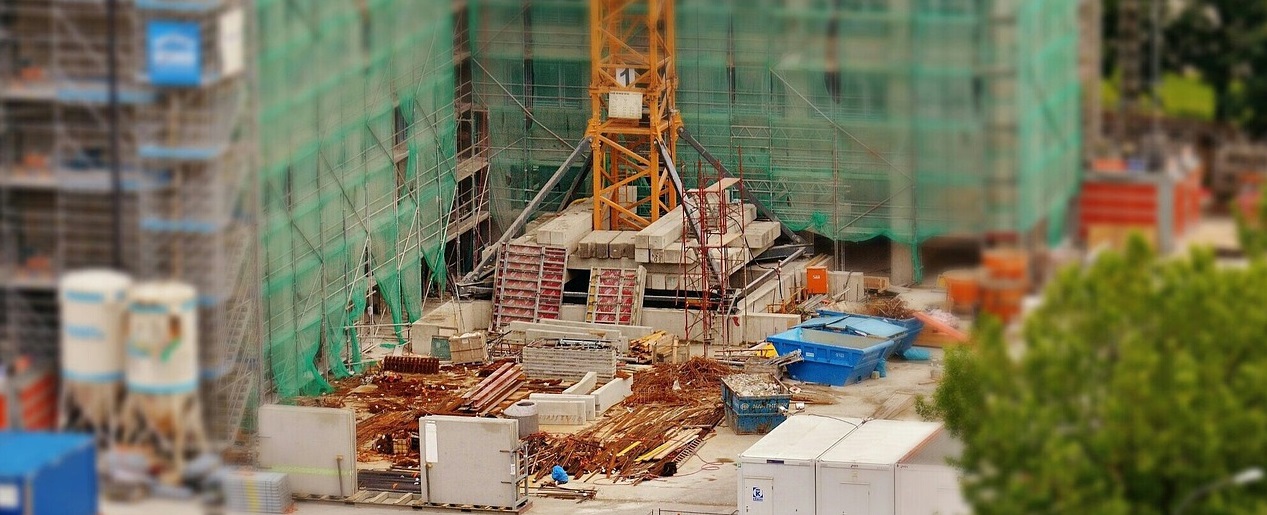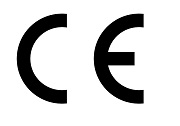Machinery Directive 2006/42/EC or Machinery (MD)
Directive 2006/42/EC (Machinery Directive) on the safety of machinery and equipment of the European Parliament and of the Council of the European Union dated 17 May 2006 was adopted to replace Directive 95/16/EC. According to directive 2006/42/EC machines and apparatus must be designed and built in such a way that their operation does not endanger human life and health, property, and the environment when the operating rules are complied with as well as in cases of foreseeable misuse.
This directive defines a uniform level of safety necessary to avoid accidents when machines and equipment are allowed on the markets of the European Union as well as Switzerland and Turkey. In this way, the directive establishes uniform, harmonized machine safety standards throughout the EU and overrides existing national regulations in this regard.
Machinery in directive 2006/42/EC refers to units equipped with a drive unit with at least one movable element.
As for the other directives of the EU, the directive 2006/42/EC is not directly applicable and must be implemented in national law by means of an amendment to national council laws.
This Directive, which came into force on 29 December 2009, repealed the previous Directive 98/37/EC.
Machinery Directive 2006/42/EC :
-
promotes the free movement of machinery within the single market
-
guarantees a high level of protection for EU workers and citizens
As it is a 'new approach' directive, it promotes harmonization through a combination of mandatory health and safety requirements and voluntary harmonized standards. The machinery directive only applies to products that are to be placed on the EU market for the first time.
According to Machinery Directive 2006/42/EC (Machinery Directive) or Machinery (MD), machines and mechanisms must be designed and built in a way that their operation does not put human life and health, property, and the environment at risk, if the operating rules are observed, and in cases of foreseeable misuse.
As a result, any risks must be eliminated for the entire duration of operation of the machines and mechanisms, including the phases of transport, installation, operation, maintenance, dismantling, disconnection, and disposal. This Directive applies to machinery, interchangeable equipment, safety components, lifting accessories, chains, ropes and webbing, removable mechanical transmission devices and partly completed machinery as defined in Article 2 of the Directive.
Only machines and equipment that fully comply with Directive 2006/42/EC may be admitted to the EU market, marked with the CE marking and operated in the European Union.
The following products are covered by Directive 2006/42/EC:
-
Machinery and apparatus
-
Replacement machinery
-
Safety components
-
Hoisting devices
-
Chains, ropes, and nets
-
Removable mechanical transmission equipment
-
Unfinished (partly completed) machinery
Directive 2006/42/EC does not apply to:
-
safe machine components intended to be used as spare parts
-
special equipment for use in amusement parks
-
samples of equipment displayed at exhibitions, where specially marked
-
machinery and equipment specially designed or commissioned for nuclear purposes
-
arms, military, and police equipment
-
vehicles, aircraft, marine vessels
-
instruments and machines designed for scientific purposes
-
rope hoisting equipment in mines
-
machines and mechanisms designed to move performers during artistic performances
-
electrical and electronic products for household or office use as well as low voltage equipment and electric motors
-
high-voltage electrical equipment designed for the distribution and transformation of electrical energy
Products covered by Directive 2006/42/EC are in most cases covered by other directives of the European Union New and Global Approach, in particular Directive 94/9/EEC devices and protective systems for use in explosive atmospheres (ATEX Directive), Directive 97/23/EC Pressure systems and installations (equipment), Directive 2004/108/EC Electromagnetic compatibility, Directive 2006/95/EC (ex-73/23/EC) Low voltage equipment, Directive 2000/14/EC, Regulation (EU) No 305/2011 and Directive 89/106/EEC Building products and structures.
Designers and manufacturers must comply with the common minimum standards of all relevant European machinery safety requirements when placing their products on the European Union market. The safety, including health consequences, of a product in all its various aspects (e.g. choice of materials, control devices used, organs and safety devices, emissions from the product, etc.), taking into account the foreseeable use and possible misuse by personnel, must be taken into account by designers and manufacturers, including in information for end users (e.g. labelling, warnings of possible risks and detailed instructions).
CE Marking according to Machinery Directive 2006/42/EC (cf. Article 16 of the MD)
The CE conformity marking shall consist of the initials "CE" as shown in Annex III of the MD.
The CE marking shall be affixed to the machinery visibly, legibly, and indelibly in accordance with Annex III of the MD.
The affixing on machinery of markings, signs and inscriptions which are likely to mislead third parties as to the meaning or form of the CE marking, or both, shall be prohibited. Any other marking may be affixed to the machinery provided that the visibility, legibility and meaning of the CE marking is not thereby impaired.
EU Authorized Representative
If a manufacturer is located outside the European Union, he must appoint an authorized representative in the European Union in order to issue an EU declaration of conformity or to apply a CE mark to the equipment.
In addition to providing a complete range of services with regards to certification and declaration of conformity of products according to the requirements of Directive 2014/35/EU CCIS-EXPERTISE also delivers a service of an authorized representative in the European Union.
The declaration and certification procedure of products according to the machinery directive:
-
Product classification. Determine whether the product falls within the scope of the Machinery Directive and/or other CE Guidelines.
-
Risk assessment. An analysis to determine the risks and essential health and safety requirements applicable to the relevant machinery.
-
Conformity procedure.Assessment of requirements established in step 2 on the basis of Harmonised European standards.
-
Technical Documentation. Compile or verify the Technical Documentation containing descriptions, instruction manuals and the performed risk assessments.
-
EU Declaration of Conformity. Verify certificates and draw up the EU Declaration of Conformity in order to confirm compliance of the machinery/installation with CE legislation.
-
CE marking. Instructions on correctly affixing the CE marking to the machinery or installation.
Statutory reference
Directive 2006/42/EC of the European Parliament and of the Council of 17 May 2006 on machinery has amended Directive 95/16/EC (recast)
Full text of the Machinery Directive 2006/42/EC
CCIS-EXPERTISE specialists will help you to:
-
identify directives and standards that apply to your products
-
prepare and evaluate the technical file
-
translate all relevant documentation and drawings
-
determine the cost of certification work
-
carry out all procedures of the European conformity assessment process
-
conduct tests of any complexity in accredited European and national laboratories
-
prepare the declaration of conformity
-
provide an authorized representative for your company in the EU





